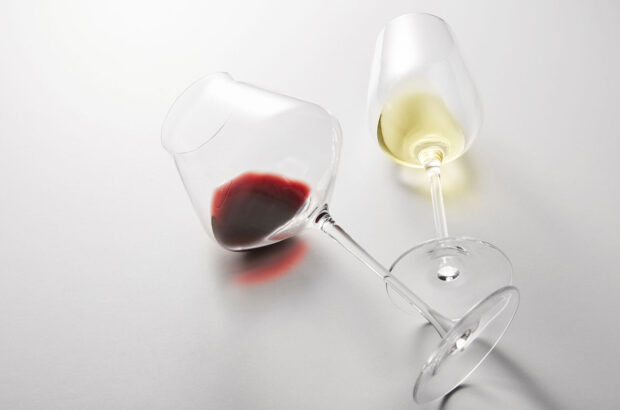Red wine was cultivated and consumed nearly 3,500 years ago - and Tutankhamen took it with him on his journey to the afterlife, a team of Spanish scientists has conclusively proved.
Although it has long been known that wine was enjoyed around the Mediterranean basin during the Neolithic period, until now scientists have been unable to determine what kinds of wine were favoured by the people of the world’s first civilisations.
Now Dr Maria-Rosa Guasch-Jané, a scientist from Barcelona University’s Department of Nutrition and Food Science, has proved that amphorae found in the tomb of King Tutankhamen contain syringic acid, a product of the pigments found in red wine.
Guasch-Jané first had to prove that the wines stored in the amphorae discovered in a variety of different burial chambers were made from grapes.
Basing her research on the residue found in five amphorae, a couple of which can be dated back to the First Dynasty (around 3000 BC), she used a combination of liquid chromatography and mass spectrometry to prove that the deposits contained tartrate crystals, which are only found in wines based on grapes.
Having established that, she then went on to look for the presence of syringic acid. While most of the deposits in her five amphorae were too degraded by time to offer up any conclusive results, Guasch-Jan was successful with the amphorae in the tomb of Tutankhamen, who ruled between 1334 and 1325 BC. The discovery of syringic acid confirms that the wine stored in the huge jars was indeed red.
Her research also confirms the hypothesis that red wines were associated with the cult of Osiris, whose death and rebirth was symbolically celebrated each year when the floodwaters of the Nile ran red with alluvial soils. By extension, red wines were prestige goods, fit only for gods, kings and the higher ranks of Egyptian society.
And wine was taken seriously. ‘The jars were labelled with product, year, source and even the name of the vine grower, but they did not mention the colour of the wines they contained,’ Guasch-Jané said.
The research was funded by the Spanish Foundation for the Culture of Wine, whose members come from five of Spain’s most prestigious bodegas: Vega Sicilia, Julian Chivite, Codorniu, Marques de Riscal and Rioja Alta.
Written by Natasha Hughes






